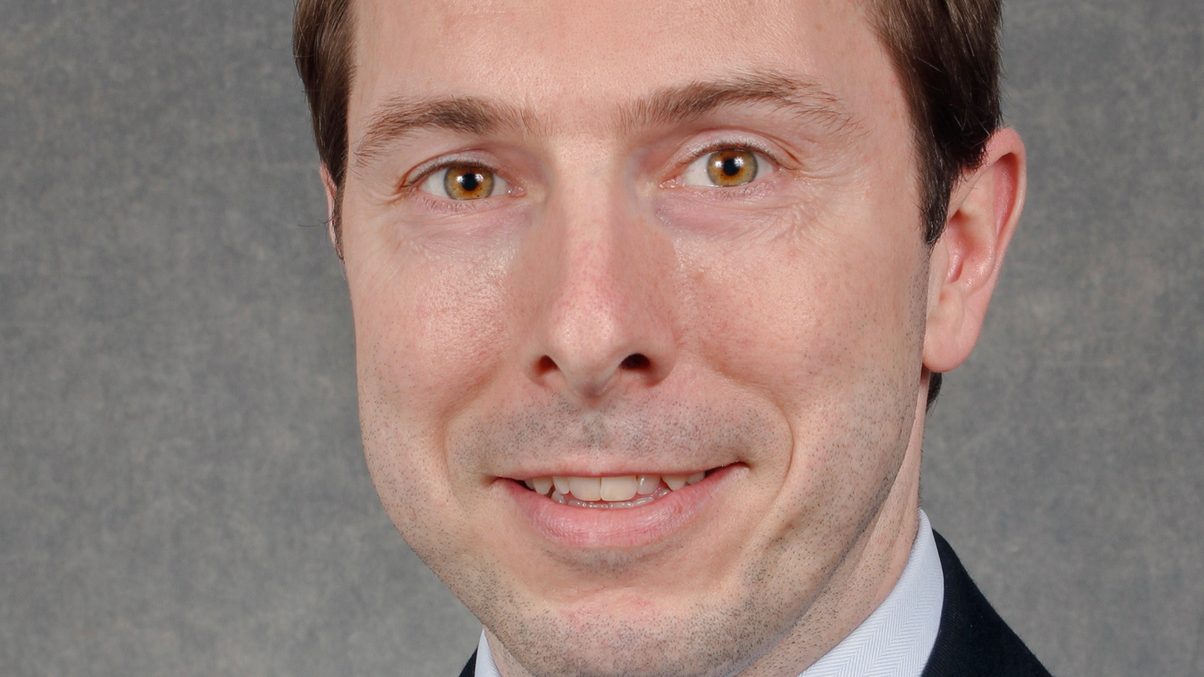Stay in quality credit as crises come to a head
Standish argues investment-grade credit is a much better place to be than high-yield bonds.

Standish, the fixed-income arm of BNY Mellon Asset Management, says it has gradually added risk since the summer in the form of investment-grade bonds.
Sign in to read on!
Registered users get 2 free articles in 30 days.
Subscribers have full unlimited access to AsianInvestor
Not signed up? New users get 2 free articles per month, plus a 7-day unlimited free trial.
¬ Haymarket Media Limited. All rights reserved.


